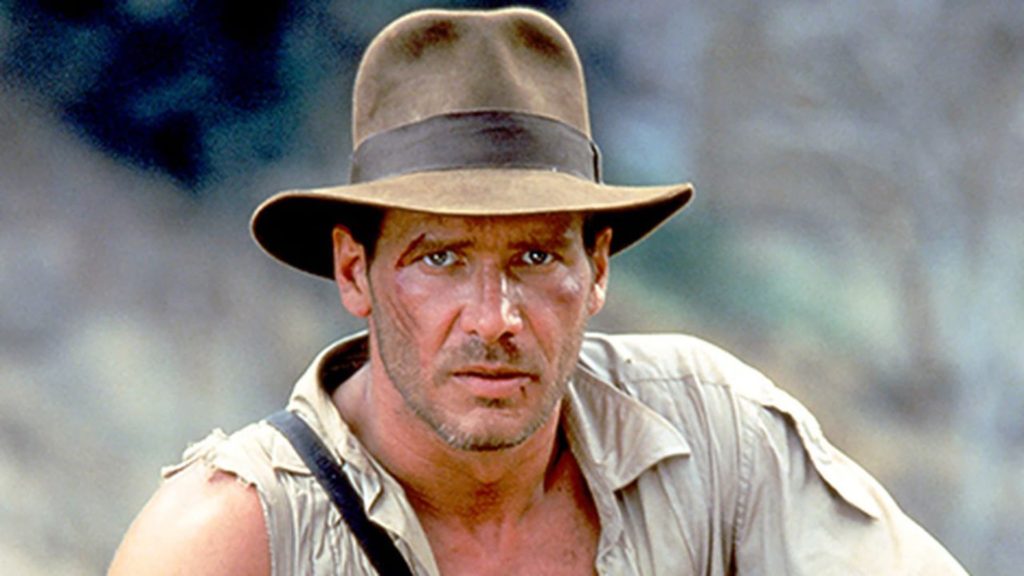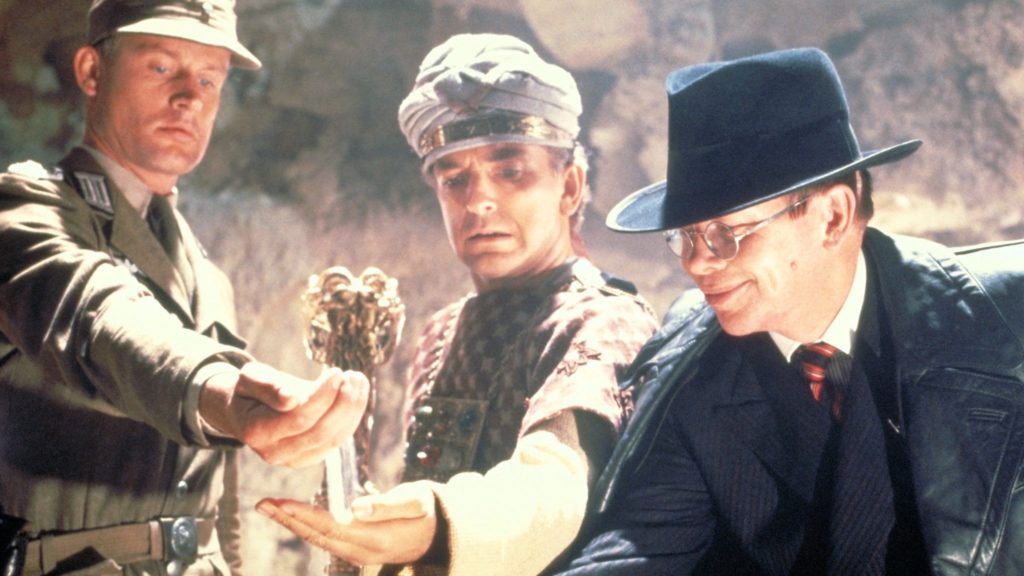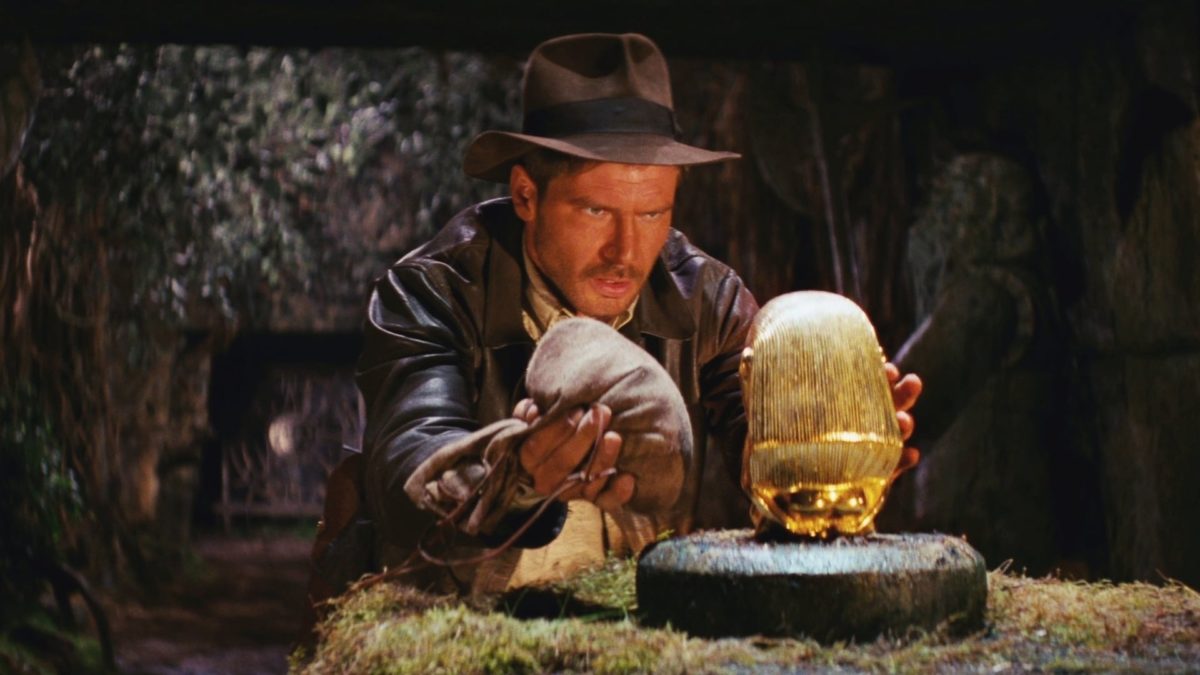There are maybe fifty different places you could start when talking about Raiders of the Lost Ark.
The acting? Harrison Ford and Karen Allen have fork-in-a-socket charisma. A jolt on screen. (It makes you wish Marion was a stronger, more consistent character — one of the movie’s few flaws.)
The editing? The action is blistering and tactile, always easy to follow. Not a single cut is wasted or unnecessary. Structurally, the movie is a bunch of disjointed set pieces, but it all hums together with consistent rhythm so that it always feels like a whole.
The music? John Williams delivers one of the all-time great scores, drenching the affair in a sense of adventure and mythology. The score is not quite as integral to the film’s texture as it is in Star Wars, but it’s not too far behind.
The direction? Every shot is so perfectly designed that it sometimes reminds me of more recent graphic novel adaptations, like Road to Perdition. Everything is so clearly and ingeniously storyboarded into breathless visual snippets, and flawlessly executed.

All of those elements of the film are perfect, each worthy of their own essays (maybe their own books), but what I really want to start with is the start itself. The movie’s opening: These first twelve minutes are one of those historic stretches of film that alchemize everything that can be great about cinema.
There are a hundred ideas and images in that opening that are unforgettable. It’s economic storytelling: We learn about who Indiana Jones is, his life of adventure and peril, his passion for preserving history, his ability to intuit danger and improvise and solve problems, the almost-got-it-right-but-oh-no-now-there’s-a-boulder pacing of his escapades… and how there’s no shortage of nearly-as-clever scoundrels to undercut his victories. All of these will be essential ideas to the rest of the film, perfectly laid out at the start to increase their familiarity and impact later in the runtime.

Jump ahead with me, now, all the way to the film’s ending. Following yet another near-success, the Ark of the Covenant snatched from Jones’s hand like the Golden Idol two hours earlier, we witness a frightening, horror-fueled gut punch of a massacre (a cathartic reverse-genocide of Nazis decades before Tarantino did it). It pays off on Indy’s reverence for history, which is, itself, a meta-fictional layer to the film: Just as Indy respects the divine power of ancient history, so Spielberg and George Lucas worship at the altar of classic adventure cinema and early-century adventure serials and comic books.
The movie closes on a doozy of a final shot, one of my favorites ever: A huge deep-focus tracking shot of a government warehouse filled with hundreds (maybe thousands) (maybe hundreds of thousands) of crates matching the Ark’s — each representative of a potential great mystery or adventure. In that moment, cinema feels like a limitless art form to me: An infinite horizon of stories to unpack and steal my heart and melt my face.
Raiders of the Lost Ark is one of those movies where everything just clicks. The right combination of timing, people, and vision. George Lucas’s knack for iconography and pulpy storytelling meeting Steven Spielberg’s ability to craft memorable characters and emotionally gripping stories. So much talent in front of the camera and so much behind it.
And every time I watch, like the crack of a whip, I love movies again.
- Review Series: Top 100 (2009 List)
- Review Series: Steven Spielberg
Is It Good?
Masterpiece: Tour De Good (8/8)
Dan is the founder and head critic of The Goods. Follow Dan on Letterboxd. Join the Discord for updates and discussion.

